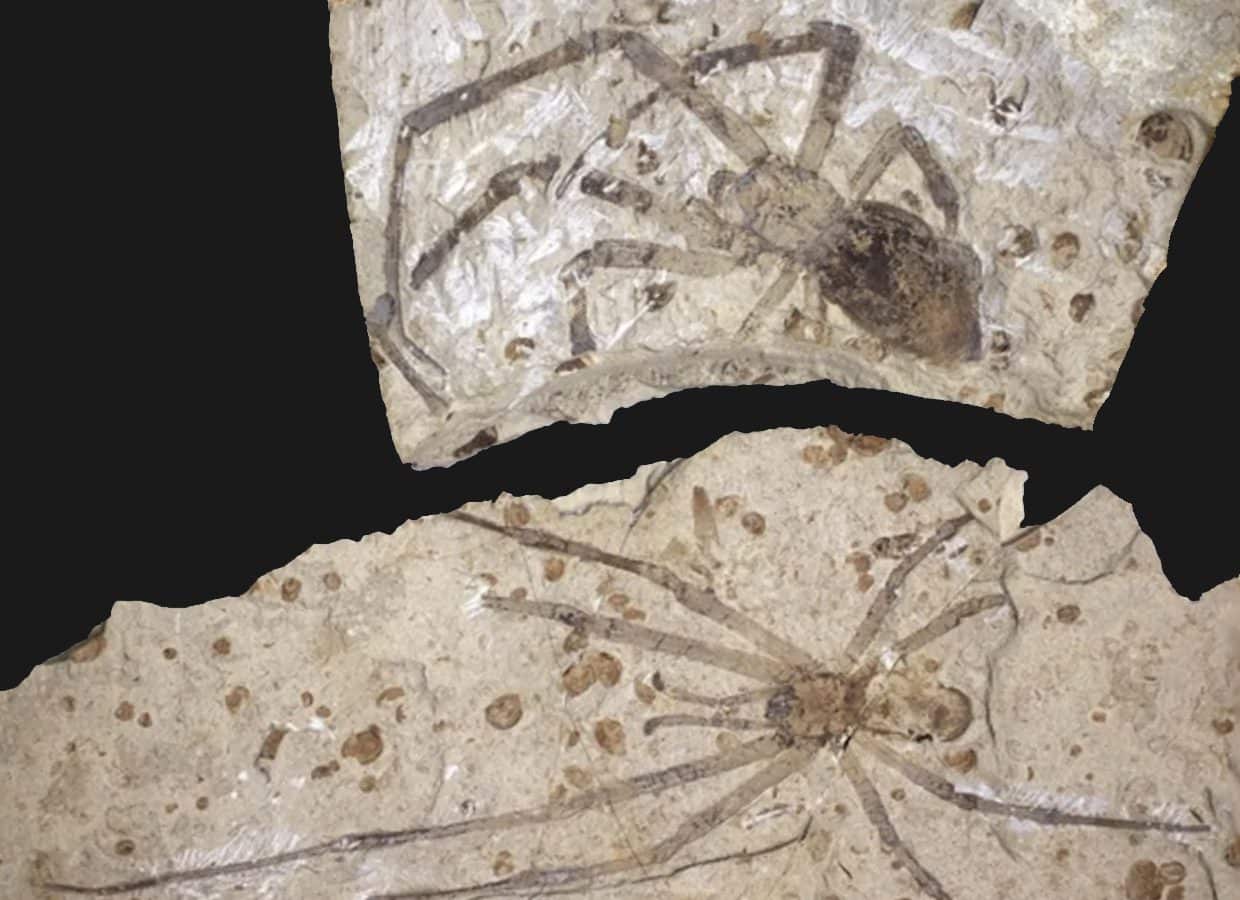The Mongolarachne are an extinct genus of giant spiders that existed during the Jurassic period.
To date, only two fossilised specimens have been discovered, the previously named Nephila jurassica specimen, which is an adult female, and the Mongolarachne jurassica male.
Both examples are placed in the monogeneric family Mongolarachnidae, both preserved as compression fossils in a pale laminated sedimentary tuff created by ashfall from a volcanic eruption.
The 165-million-year-old holotype female Mongolarachne has a body length of approximately 24.6 millimetres while the front legs reach about 56.5 millimetres in length. The specimen was uncovered back in 2005 in the outcrops of the Jiulongshan Formation exposed in the Wuhua Township by farmers in Inner Mongolia. Scientists at the time described the fossil as Nephila jurassica, an ancient species of the Nephila genus of orb weaving spiders that weave 1.5-metre webs of strong, golden silk.
More recent studies in 2013 led to the reclassification of the female following the discovery of a male specimen and the determination that the female had stem-orbicularian traits and was likely a cribellate type spider.
The allotopotype male specimen, discovered near the same location as the female, has a body length of 16.54 millimetres and a first leg stretching for 58.2 millimetres. The male fossil demonstrates a lack of sexual dimorphism between the male and female, and sex appendages that have no correlation with modern-day Nephila males.
The 2013 study also concluded that the Mongolarachnidae, in comparison with Juraraneidae and possible modern relatives, shows that the fossils appear to be related to the Deinopidea (also known as the net casting spiders), and possibly some Nicodamidae and Austrochilidae. Arachnids in this group are considered orbicularians. They also make orb-shaped webs, but their silk is more “woolly” with a stickiness that’s more like Velcro than glue.
To date, the Mongolarachne jurassica specimens are the largest fossils of spiders ever discovered.
Header Image – Pair of male (bottom) and female (top) fossil Mongolarachne jurassica – Image Credit : Paul A. Selden – CC BY-SA 3





